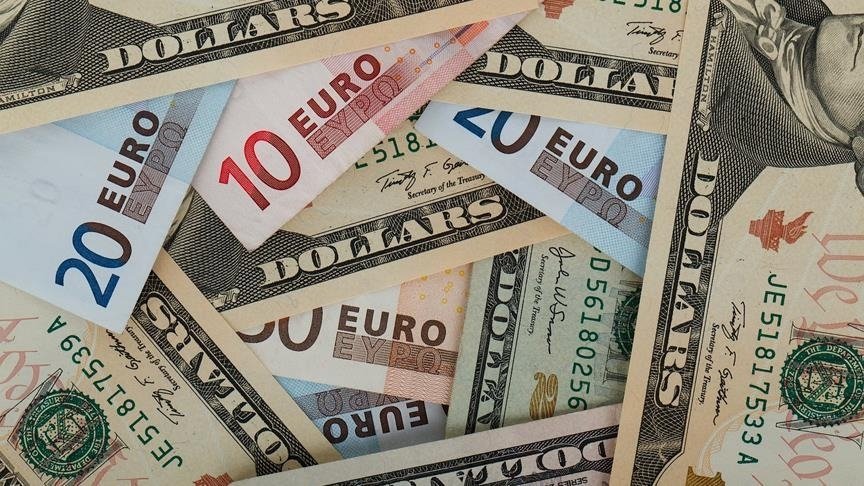Hindustan Surkhiyan Desk:The celebration of Basanta Utsav contributes to thecolour palette of February. Pahela Falgun, the day when the Bengali spring season ushers in, makes yellow the only wearable for those who want to participate in the seasonal festivity.
February has traditionally been linked with black and white of Ekushey — the somber colours that symbolise resistance to an attempted marginalisation of our mother tongue. In the last three decades, February has appropriated two more colours as its own proving the vibrancy and adaptability of Bengali culture.
The dash of yellow that adorns the first day of Falgun (which falls in February) is followed by the revelation of red hearts on February 14. Both celebrations became popular in Bangladesh in the early 90s, when following a mass upsurge, democracy was restored from a military mortuary through the removal of a vertical leadership that restricted freedom of expressions. There has ever since a continual desire for occasions where people can connect at a horizontal level to form a type of community that will subsume their lived experience and changed reality. The economic growth allowed more and more people to look for events that will give them breaks from their daily routines. The participatory mood defined the new mode of celebration as it incorporated a tradition that dates back to Rabindranath Tagore.
Tagore appropriated the concept of joy and brotherhood that he saw in the Hindu celebration of Holi and initiated Basanta Utsav on the day of Dol Purnima (Full moon day of Falgun). At Santiniketan, he did not limit Basanta Utsav to the mythical celebration of the triumph of good over evil. The poet-sage rather focused on the change in nature, and its shaping influence on our cultural and spiritual identity. However, while across the border Basanta Utsav still maintains Holi like fervour including throwing of dyed powder onto each other, here in Bangladesh, the celebration has assumed a measured mixture of carefree revelry and careful reflection on the other categories of our national identity.
The choice to wear yellow or to rejoice in cultural performances that express seasonal change allows one to become a part of a community with shared interests. Yellow is a colour associated with turmeric, a herbal spice that is supposed to be antiseptic and has symbolic nuance of prosperity as it is the colour of the sun. The local espousal of yellow stands in contrast to the jaundiced connotation in some western cultures. Embracing yellow on Pahela Falgun at a time when nature is all abloom does not therefore require rejection of other categories of colour, including that of religion. Basanta after all is all about opening up to the new.
The choices and decisions to make yellow a cultural icon may not be as spontaneous as it seems. What started as a trend by a group of Dhaka University students of Fine Arts in 1991 became a fad, and the fashion industry and media soon turned it into a cultural capital. And in a media savvy time, where image is everything, Basanta Utsav and its colourful markers are not simply limited to the lyrical opening of window to let the southern wind come in. While the songs of such sentiment still fill in the air, on Pahela Falgun people from all walks of life form a society of the spectacle. What then motivates this group to come out and celebrate? Is it a desire for making deep connections that will forge a national culture? Or is it a superficial desire to be part of a visual feast that can be captured in images and shared before a virtual community? Well, nature is changing! Does it matter if you capture its colour with the pores of your skin or the pixels of your phones?

























